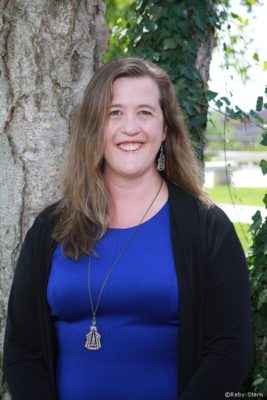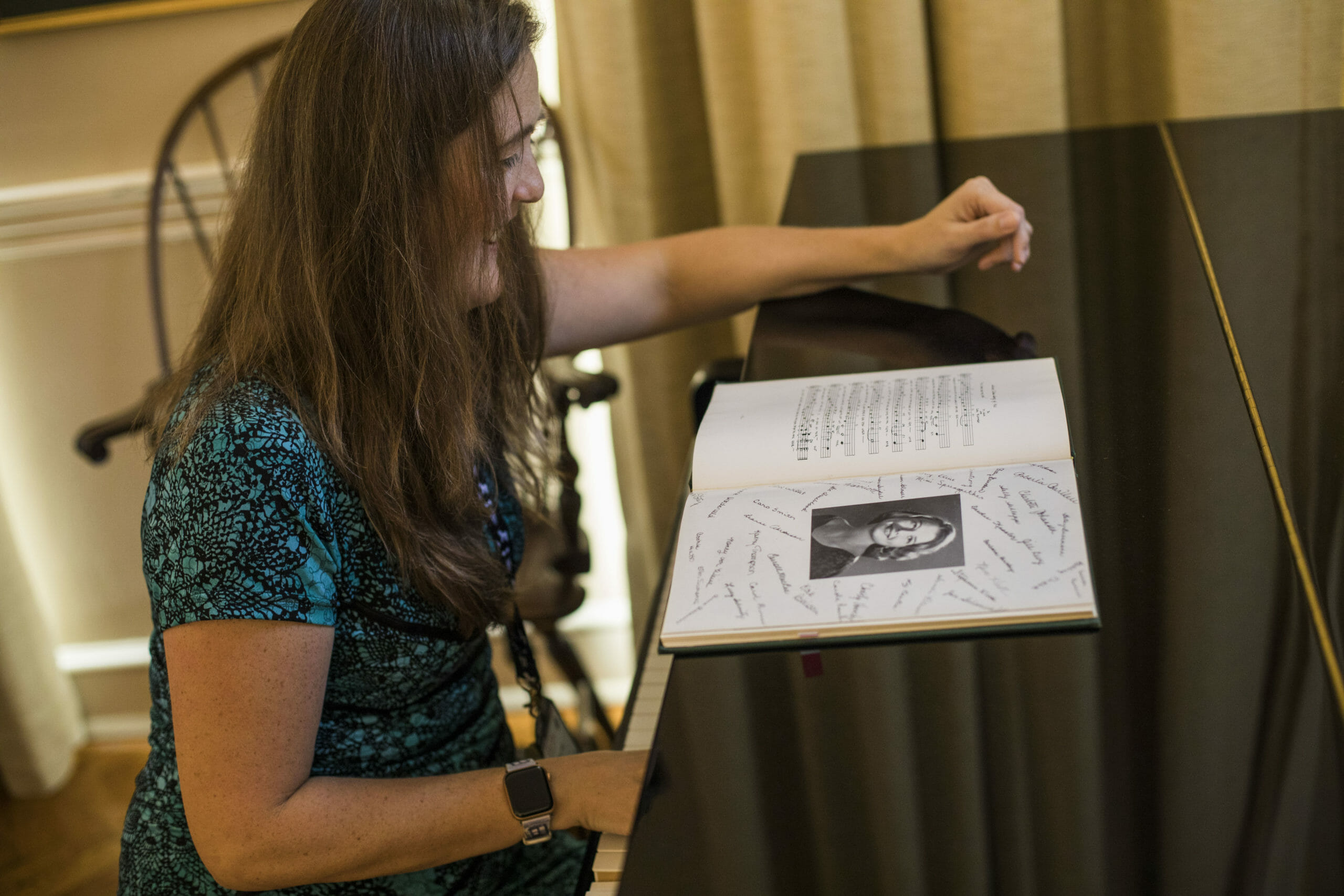Distance Learning is Different than Homeschooling – Perspective from a Homeschooled Educator
 A few years ago, Mr. Brian Coco put together a trivia game for Upper School community time. In the process, he asked faculty if they could contribute some interesting facts about themselves for a category on teachers. I sent him a few facts, and when the game first ran, it was fascinating to hear students try to figure out “Which teacher didn’t go to high school?”
A few years ago, Mr. Brian Coco put together a trivia game for Upper School community time. In the process, he asked faculty if they could contribute some interesting facts about themselves for a category on teachers. I sent him a few facts, and when the game first ran, it was fascinating to hear students try to figure out “Which teacher didn’t go to high school?”
My favorite wrong response sounded something like this: “It can’t be Dr. Roth; she has a Ph.D.!”
It may not sound like it’s right, but it is: one of the little-known facts about me is that I not only didn’t go to high school, but I was homeschooled from about third grade through the end of high school. This was in a time when homeschooling was less in the mainstream; in recent years, it’s become more common to find homeschoolers around you. Of course, these days, everyone is “homeschooling.»

Traditional homeschooling families – to differentiate from what everyone seems to be doing right now during the COVID-19 pandemic – homeschool for a wide range of reasons. Some do it for religious reasons; others because they feel they can better tailor their child’s education. In some places, the schools might not be very good, or families may not be able to afford private schools. My parents chose homeschooling for reasons that changed a lot over the years, depending on where they lived and what the circumstances were. When they began, we lived in Utah and they had two children. By the time they finished homeschooling their youngest 30 years later, they had seven children and had homeschooled in seven different states. Ultimately, homeschooling is about school choice, and homeschooling parents choose that path because they believe that homeschooling will offer the best education for their child, just like all of us have chosen MICDS.
Traditional homeschooling is also about experimenting and trying until families find what they need. Many homeschooling families spend a lot of time designing a curriculum that works for their families, adapting regularly as they identify the best materials. For years, my mom spent her Sunday nights at the dinner table, planning lessons that would take us through the week. She spoke with other families about the programs they used and borrowed resources to see how they worked. In addition to using textbooks and workbooks, we also tried remote learning, including video school and correspondence school. My mom, a former French teacher (with a Master’s in Technical Writing) taught us French by speaking it and pulling the grammar exercises from old books. My dad, a geologist-turned-industrial engineer, reveled in roadside stops to teach us about mountainside geology and frustrated me to no end by trying to get me to do math a different way than I was being taught in our newer curriculum.
MICDS remote learning bears some similarities to traditional homeschooling, largely because it happens at home, because of the important role parents play in supporting students, and because at times it might even include parent frustration over how math is done these days. While older MICDS students may be more self-directed, parents of younger students have begun to facilitate more of their children’s learning now that students and teachers cannot be at school. MICDS families have always played an important part in their students’ education, and that remains true whether students are at 101 North Warson or at home.
But unlike traditional homeschooling, MICDS parents aren’t on their own in supporting their students as learners during this process. All of us at MICDS chose this school, and not because of distance learning, but because of the people. As we navigate remote learning, we do this together. One of the great things about MICDS is the partnership between parents and teachers, and in this time, that partnership is more important than ever. MICDS faculty are here for our students, and day by day, we’re using our experience, knowledge and understanding of our students to create educational experiences that will help them continue to grow. If traditional homeschooling families might have parents planning curriculum on a Sunday night, at MICDS it is the faculty doing this work, building continuity with the curriculum plans we’ve had in place, but also adapting it to work better in this new format, new schedule, and for our students’ needs.
The MICDS parent tips for remote learning remind us that MICDS is, at heart, about community. On any given day, MICDS students learn in a community with students their own age, teachers in all disciplines, coaches and administrators, all of whom support MICDS students in diverse ways. Our distance learning resources emphasize that “Human beings learn best when they have opportunities to process their learning with others.” As a homeschooled student growing up, I was able to process my learning with my family; at MICDS, students have both their families and their school community to support them in that ongoing effort.
This belief in the connection between community and learning is at the heart of how MICDS faculty and administrators approach remote teaching and learning every day. Right now, we may all be “homeschooling”, but remote learning is so much more. Daily synchronous classes in the Middle and Upper School, as well as class meetings and virtual learning activities in the Lower School, keep teachers and students connected and offer students ways to interact with their classmates. We all know that it’s not the same as being at school but by being able to talk to and see each other, we connect in a moment when social distancing keeps us apart.
